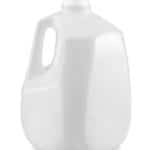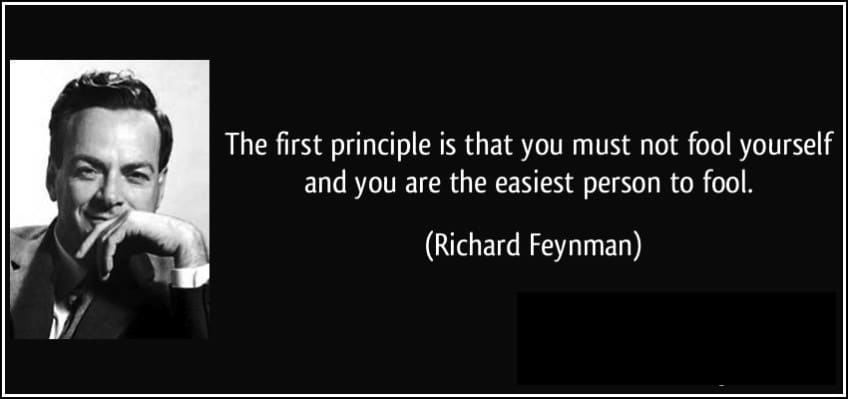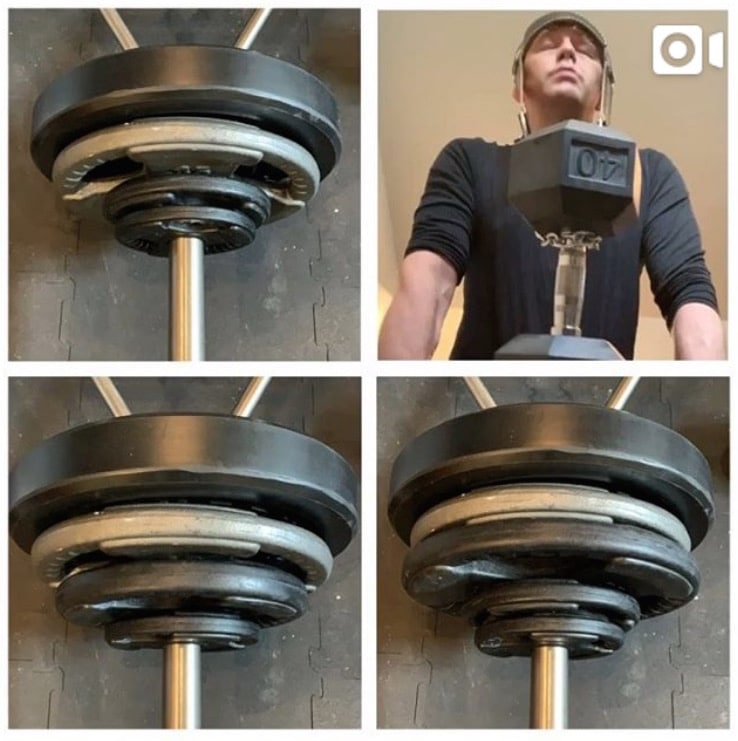Peter Drucker, the godfather of modern business management, once said, “You can’t manage what you can’t measure.”
Now I don’t think that Peter Drucker did Brazilian Jiu-Jitsu (or any other form of martial arts) but the idea of measuring things in order to improve them applies to every field of athletic endeavour.
So let’s look at some concrete ways that we might quantify our training and improve the results we are getting…
Listen to this in Podcast Format
If you prefer to get your information in audio form then check out episode 258 of my podcast, The Strenuous Life Podcast.
You can subscribe to it on all the major platforms ( including Apple Podcasts, Google Podcasts, Spotify and Stitcher) or you can stream the audio in the player below…
Quantifying Your Nutrition
Nutrition is a fairly complex field but there are certain tenets that most thoughtful people agree on. For example, almost everyone agrees that you should drink enough water but not too much water.
But most athletes still drink way less water than they should be.
For me the problem is even worse…
I’m a kidney transplant recipient which means I only have one kidney that needs to remain well-flushed. Furthermore I exercise a lot which means that I’m sweating out a lot of fluid.
To stay well hydrated I have to drink about 4 to 5 litres of water a day, which is roughly 1 to 1.5 imperial gallons.
There’s no way I would end up drinking that much if I didn’t measure it. Trying to reconstruct the amount of water that passed my lips based on half remembered sips from glasses and water fountains would be totally inaccurate.

4 liters per day: an easy quantification of hydration
So I have a very simple method that I’ve stolen from the bodybuilders…
In the morning I fill one of those large 4 liter water jugs with water. And by the time I go to bed it has to be empty.
There’s no second guessing about how much water did or didn’t get drank that day. It’s binary, either “Yes, the jug is empty“, or “No, the jug still has water in it.”
This system is a method of quantification. There’s no thinking required, so I can that mental energy for other, more important functions.
Another example of quantification being critical is the experiment I did with the keto diet.
In 2019 I tried the keto diet for a month.
At the end of that I felt physically alright, but the data said different. My LDL and triglycerides had skyrocketed, my HDL to LDL ratio had crashed.
30 days of a diet with huge amounts of whipping cream and saturated fat was basically guaranteeing a heart attack within a year.
This is NOT to say that keto is bad for everyone; it most certainly does work for some people but it also doesn’t work for me.
But the point is that you need measurements, bloodwork, and data to know for sure.
So if you’re going to try a new diet – keto, carnivore, vegan, whatever – don’t just rely on some podcast or Youtube video for your information. What worked for that person may not work for you.
Please, please, PLEASE go get the relevant bloodwork before you start a new diest to get a baseline, and then again after 1 to 2 months of being on it. Without that bloodwork data you’re flying completely blind.
With quantification you can see what’s actually going on in your veins and arteries, hopefully avoiding a disastrous mistake.
That which can be measured can be improved.
Quantifying Your Strength and Nutrition
Every serious athlete tracks their strength and conditioning, and the more serious the athlete the more minute the data they track.
There’s a reason that Mikaela Shiffrin, one of the greatest skiers of our time, tracks not only the weights, reps and sets of her squat workout but also the actual velocity that the squat bar moves at.
For people at her level the coaches use the ridiculous amount of data generated to track the progress of their athlete.
Now for most of us that’s too much, but we could all do with a little tracking of workouts.
For example, I’ve kept a training journal for the last 25 years in which I’ve tracked nearly every strength and conditioning workout I’ve ever done.
From that journal I know that on March 17, 2009 I did the following workout…
- 8 circuits of bench pressing 155 for 6 reps, followed by pullups to failure, followed by sprinting up and down 6 flights of stairs,
- Then 3 sets of standing dumbell curl and press exercise in which I did 4 reps with 45 lb dumbells, 6 reps with 40 lb dumbells, and 8 reps with 35 dumbells,
- Then a single set of 30 back extensions,
- And two sets of hanging ab raises
Note that this is pretty specific but it could have been quantified even more. I could have recorded the times for each of those 8 tower sprints and the number of pullups I did on each set.
If I had done that then I could now go back to that workout and know exactly how much I’ve improved or fallen behind since that workout.
Knowing your numbers prevents you from having to ‘guess’ if you’re improving or falling back.
That which can be measured can be improved.
Quantifying Your BJJ Training
Jiu-jitsu training itself is a little harder to quantify because your training partner gets a vote too.
You might be planning to have a nice easy sparring session but then the other guy gets all fired up and before you know it you’re in one of those death rolls.
That being said you can still keep track of how long you trained for and how hard you went.
You can quantify your drilling reps, sparring rounds, training intensity and total training time.
For example I know that on September 17th last year I did 1 1/4 hours of BJJ drilling and sparring with my friend Alex Kask at a moderate intensity while fasting.
If I was getting ready for a competition I might get more specific than that. I might keep track like this…
- 30 minutes: brainstorming and drilling turtle escapes, getting to guard and/or back to feet
- 5 x 5 min rounds sparring at easy-moderate intensity focusing on turtle escapes
- Then 2 x 5 minutes rounds going hard, starting on the feet
The bottom line is that feelings can lie to you, memory is faulty, and you are the easiest person to fool.
But data doesn’t lie.
So track what you can, regardless of whether you’re using a physical book, a spreadsheet on your computer or the notes app on your phone.
That which can be measured can be improved.
Stephan Kesting

P.S. Sign up for my training newsletter below.
I promise that it’ll be some of the best jiu-jitsu reading that you’ll do.
And if I’m wrong then you can easily unsubscribe with a single click.
The post Measure Your Training To Improve Your Training appeared first on Grapplearts.


